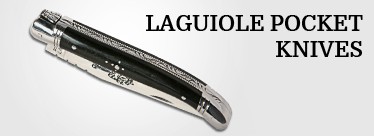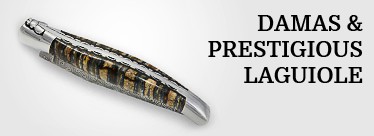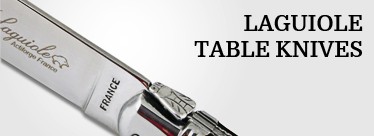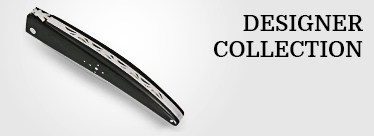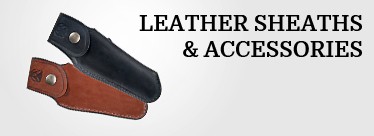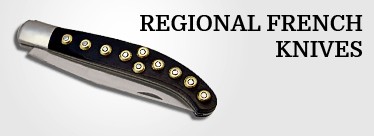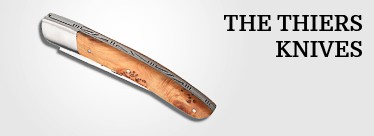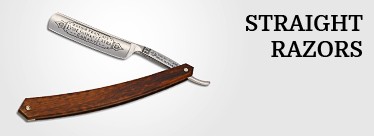- History
- Technical Questions
- To know a Laguiole
- Laguiole upper parts details
- The bladestop
- From steel bar to knife
- Closing systems for pocket knives
- How to sharpen your knife ?
- Sharpening stones
- Unkeep of folding knives
- Upkeep of your kitchen knife
- Cutlers adresses
- Stainless steel and carbon knife
- The art of shaving with the straight razor
- Upkeep of straight razor
- Materials
Unkeep of folding knives

1 Sharpening your knife
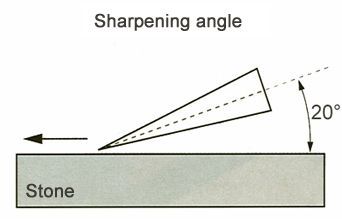 |
Slide the knife-blade over the sharpener several times, being careful to keep an angle of 20° between the knife and the stone/tool.
Remember to go right to the point of the knife.
For straight razors, slide the blade over a razor paddle strop several times, then repeat the process on softer leather coated with sharpening polish.
If the results are still not satisfactory, it could be that the blade is too worn.
In this case the knife edge needs reworking with a sharpening stone attached to a grinding wheel.
This is a delicate operation which can upset the fine line of the knife edge within seconds - it is highly recommended to leave this job to a professional.
2 Keeping a beautiful blade
- For blades in carbon steel or stainless steel :
Make a point of wiping the blade after use.
If it is a carbon blade, wipe regularly with a cloth soaked in oil.
- For Damascus steel blades :
Keep the knives in a dry place.
Avoid keeping it in a leather case as this can cause dampness.
Damascus carbon steel blades can get dark patches caused by oxidization.
In this case, finely coat the knife in a layer of talcum powder, which is then wiped off with blotting paper.
Finish off with a coat of organic oil (avoid using mineral oil) using a new piece of blotting paper.
Cleaning with polishing paste can revive the most tarnished Damascus blades, but use moderately as these pastes are quite abrasive and in the long term spoils the Damascus effect.
Varnishing Damascus blades :
For collection knives used in exhibitions, the blades can be preserved by applying a varnish used by sculptors.
3 Upkeep of moving parts and parts made of metal
Your knife easily collects dust from your pocket.
A regular upkeep involves cleaning the moving joint with mineral oil and high-power air-spray.
Finish off with a drop of oil on the joint.
All the other metal parts of the knife - steel, brass, nickel silver - get back their original shine after rubbing with polishing cream on a cotton cloth. 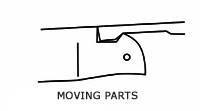
4 Upkeep of knife-handles

To keep the beautiful look of the handles, avoid abrupt changes in temperature and/or humidity.
- Handles made of horn, bone and ivory can be cleaned by rubbing with whitening.
- Wood handles can be rubbed with linseed oil (found at the gunsmith's).
However, if the knife is used regularly, no upkeep is necessary for the handle, as perspiration from the hand is the best cleaning product.
Cracks in the handles can be repaired with sawdust in the same colour (either using the same wood or by staining).
Mix the sawdust with colourless glue and fill in the cracks.
Allow to dry and the wax finish.
One thing to bear in mind when cleaning our pocket knives is never to put your knives in the dishwasher and always keep them in a dry place.

